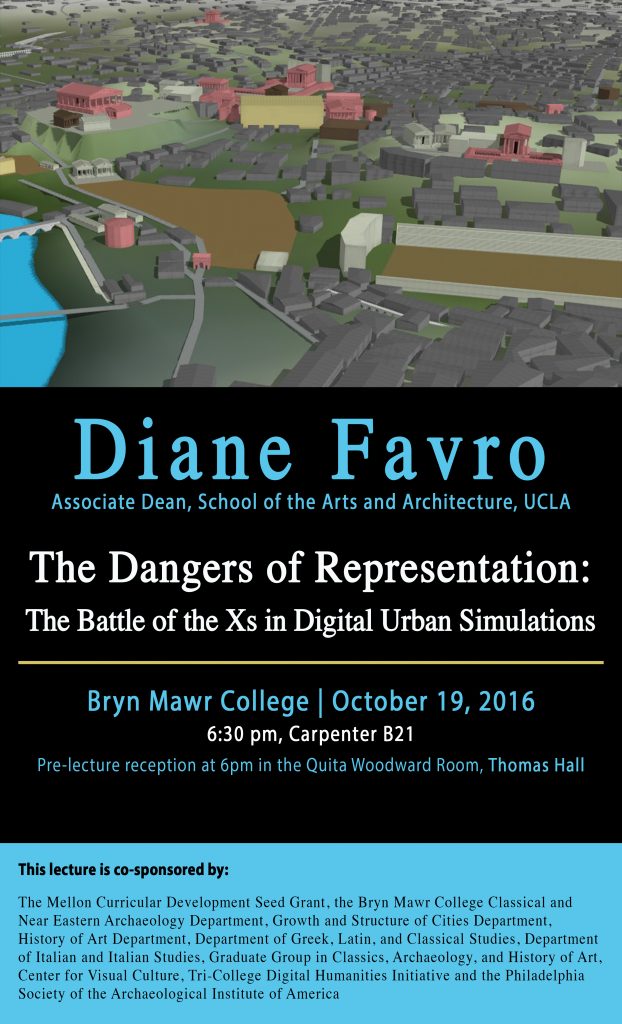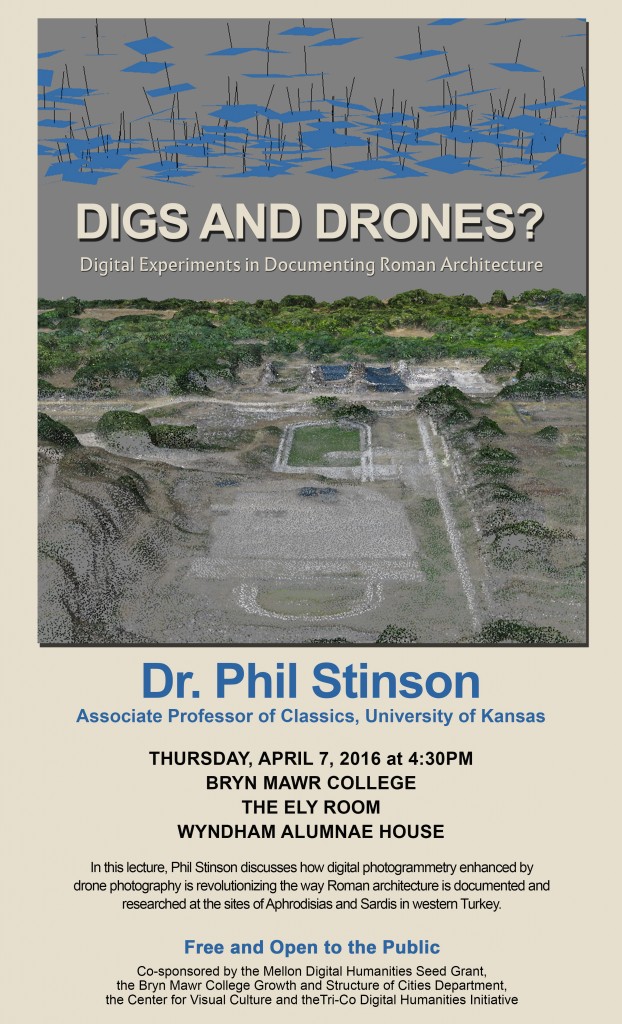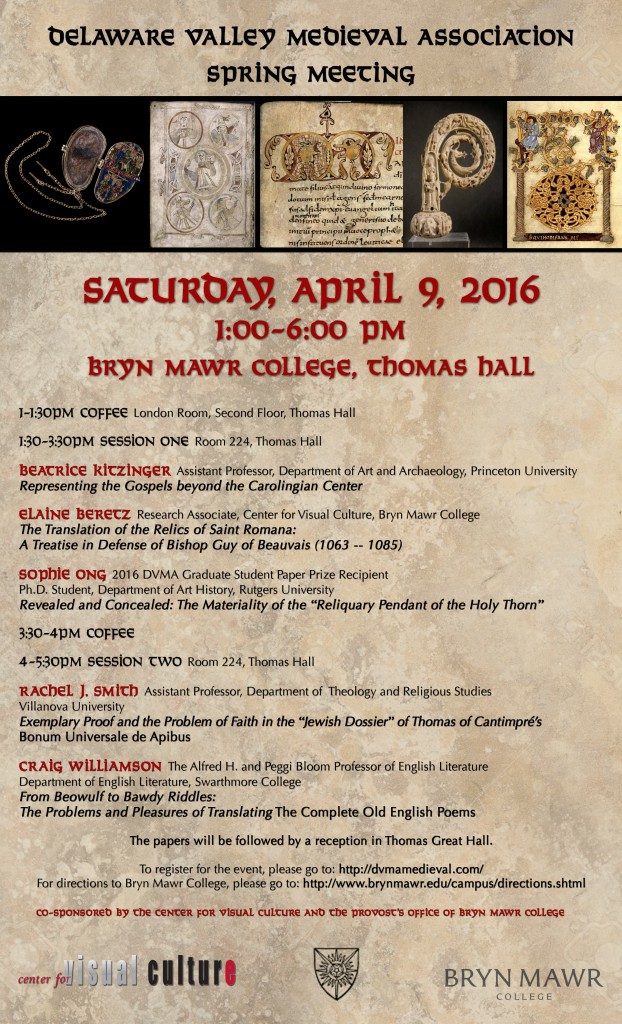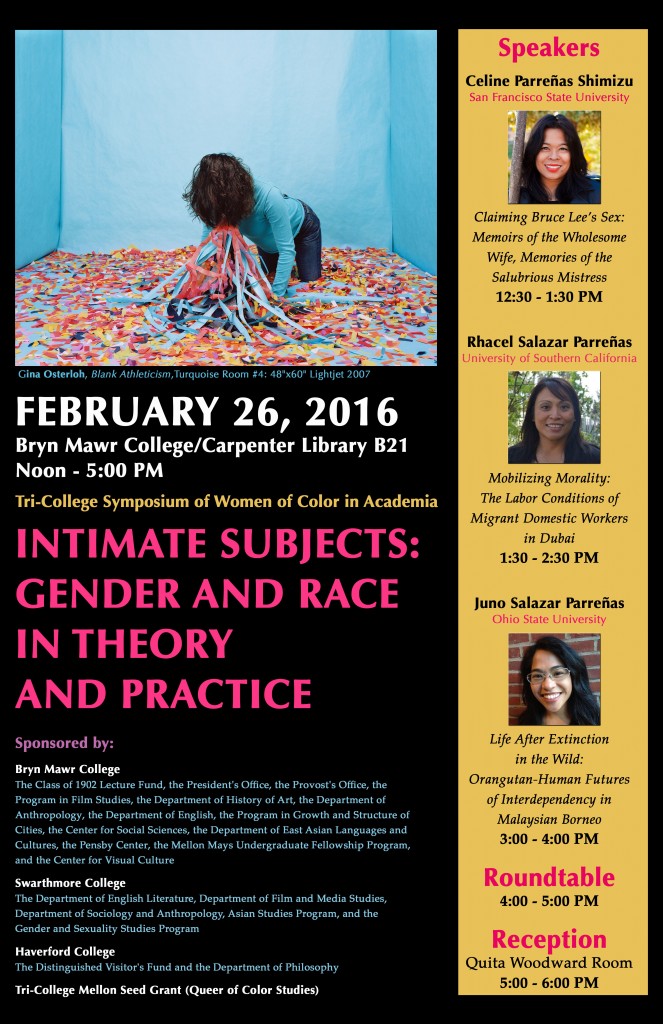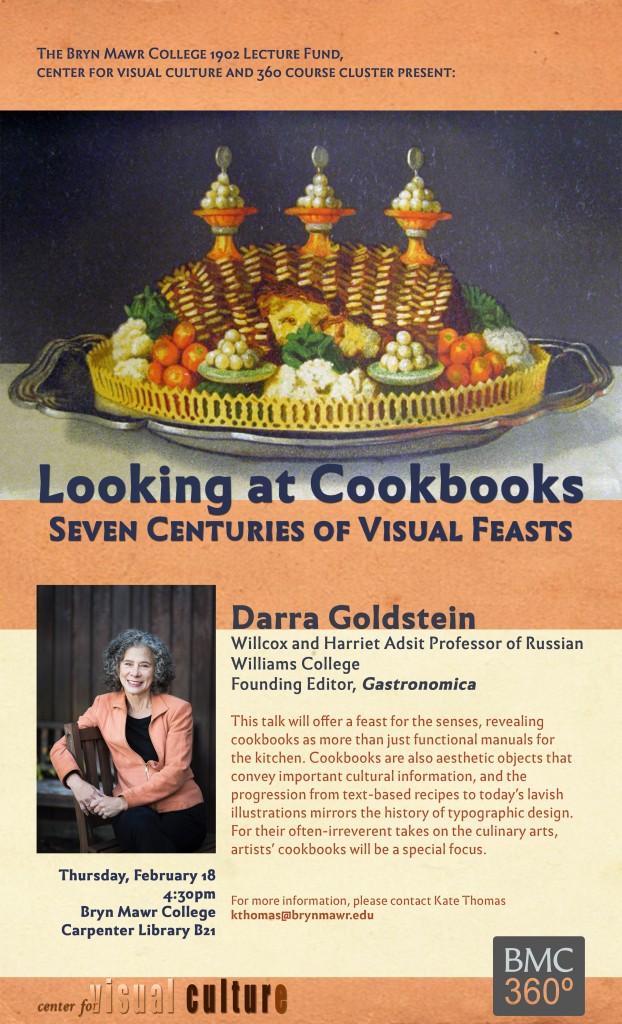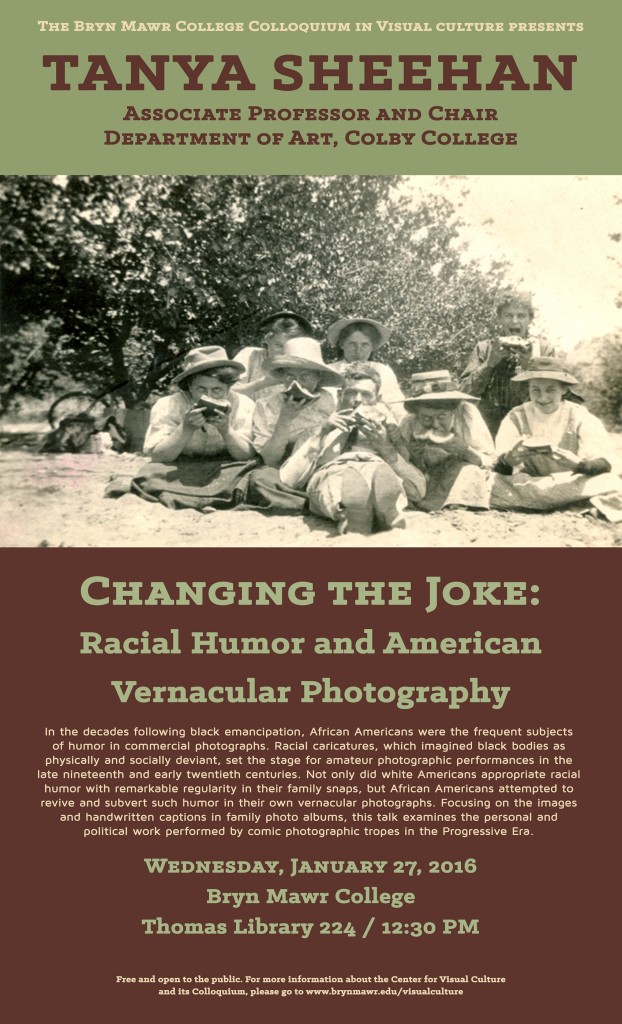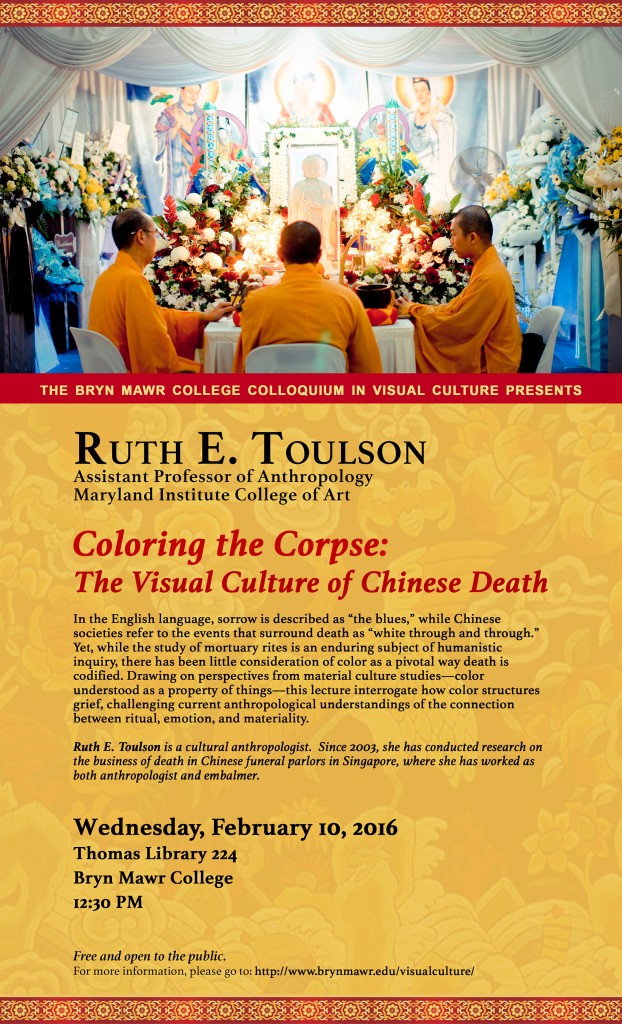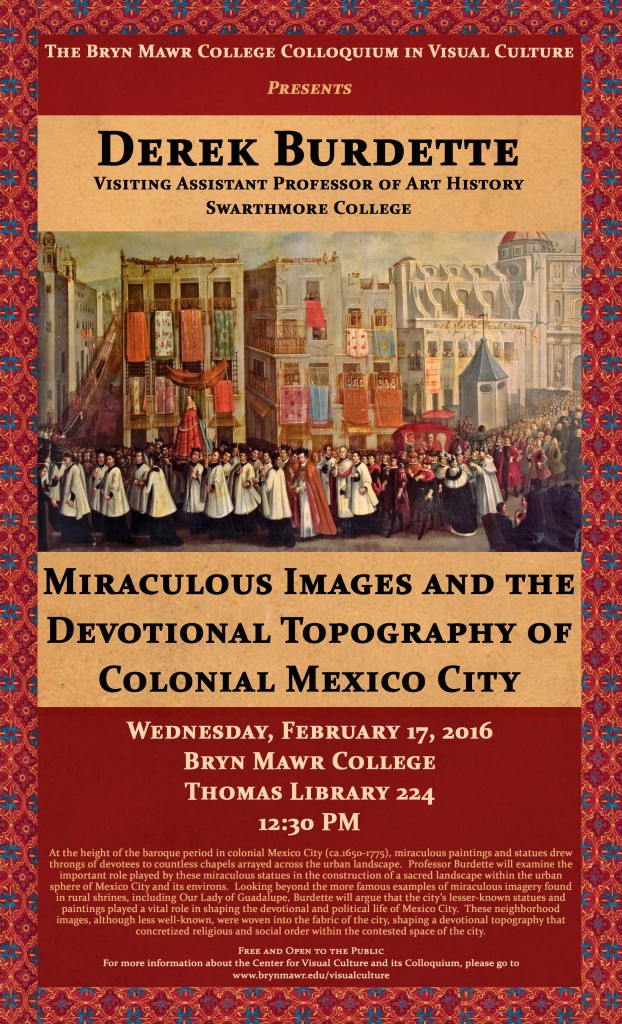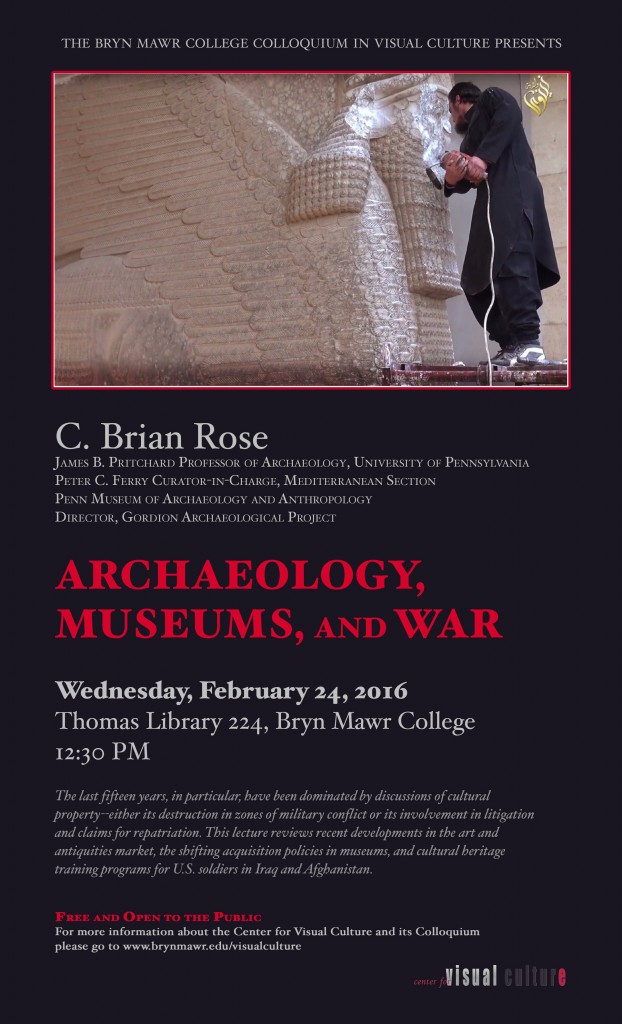The Dangers Of Representation:
The Battle of the Xs in Digital Urban Simulations
Diane Favro
Associate Dean, School of the Arts and Architecture, UCLA
Wednesday, October 19, 2016
6:30 pm, Carpenter B21
Pre-lecture reception at 6pm in the Quita Woodward Room.
Co-sponsored by:
Mellon Curricular Development Seed Grant
Classical and Near Eastern Archaeology Department
History of Art Department
Department of Greek, Latin, and Classical Studies
Department of Italian and Italian Studies
Graduate Group in Classics, Archaeology, and History of Art
Center for Visual Culture
Tri-College Digital Humanities
Philadelphia Society of the Archaeological Institute of America
Every type of representation offers opportunities and dangers. Digital simulations of historic urban environments have been created for over 20 years, with ambitious early examples produced at UCLA. As we enter the second phase of production, scholars are increasingly interrogating the inherent representational challenges. After situating the issues at play today (X marks the spot), this talk will interrogate other Xs and their interaction. AesthetiX evaluations of most image types rely on familiar value judgments about urban viewing; those for digital urban simulations are more problematic, often involving conflicting technological and artistic proficiencies. Similarly, the equation “X = literacy” is not readily resolved in reference to digital recreated worlds where legibility centers on evolving means of user engagement. Hypothesis testing and other eXperimentation characterize current digital investigations exploiting approaches that tend to negate traditional evaluative strategies. Though overall the dangers inherent in digital representations can be destabilizing, they also foster heightened acuity and maintain eXcitement about research on the meaning, viewing, and experiencing of cities.

